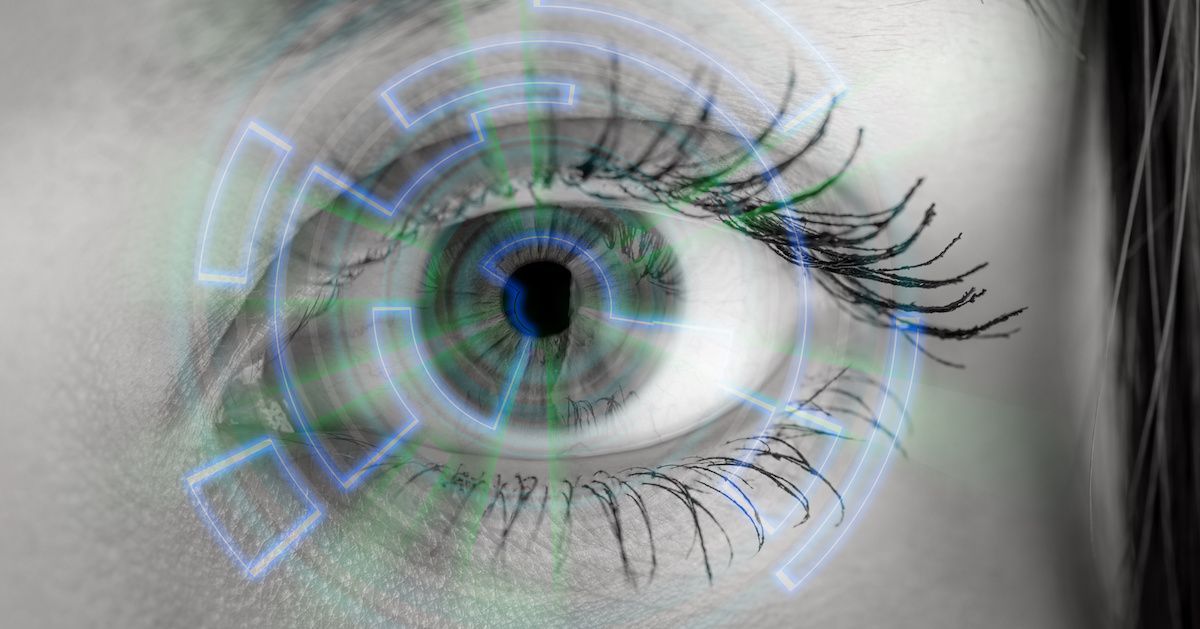
- Center on Health Equity & Access
- Clinical
- Health Care Cost
- Health Care Delivery
- Insurance
- Policy
- Technology
- Value-Based Care
Voretigene Neparvovec Helps Patients With RPE65-Related Retinopathy Regain Bilateral Function
Three patients with RPE65-related retinopathy showed improved function in both eyes following gene augmentation therapy treatment with voretigene neparvovec.
The gene augmentation therapy voretigene neparvovec-rzyl (VN; Luxturna) helped patients with RPE65-related retinopathy partially regain the full‑field electroretinogram (ERG), according to a retrospective chart review of 12 patients in Documenta Ophthalmologica.1
“Voretigene neparvovec has changed the field of inherited retinal degenerations by offering an effective treatment for patients with RPE65-related retinopathy. It was previously thought that the improvement in function was not sufficient to be detected by electroretinograms, but we report several patients who do show an improvement in ERG. We expect more cases exist, especially if the treatment is delivered early in life,” coauthor Mark Pennesi, MD, PhD, of Oregon Health & Science University, told The American Journal of Managed Care®.
Three patients, treated bilaterally, exhibited partial rescue of the full-field ERG in both eyes following subretinal injection of VN | Image Credit: © eevi - stock.adobe.com

Three patients, treated bilaterally, exhibited partial rescue of the full-field ERG in both eyes following subretinal injection of VN. The improvement was maintained over the course of the study, from 2018 to 2022. Most of the remaining patients had unrecordable ERGs and showed no change after treatment.
Patients received a single drop of 1% tropicamide and a single drop of 2.5% phenylephrine. Successful dilation (pupil diameter of at least 8 mm) was achieved in all subjects. Scotopic ERGs were recorded after at least 20 minutes of dark adaptation and were followed by 10 minutes of light adaptation, before photopic responses were recorded.
Researchers analyzed preoperative and postoperative ERGs of Casey Eye Institute patients to identify subjects with functional rescue. The data were compared against age-matched controls, as well as the last preoperative and all posttreatment best-corrected visual acuity (BCVA) data, visual field (VF) tests, and full-field threshold stimulus tests (FST).
The three patients included a 25-year-old woman (case 1), a 16-year-old boy (case 2), and a 4-year-old boy (case 3). Cases 1 and 2 had a “relatively preserved central and peripheral retinal function,” as demonstrated by baseline BCVA, perimetry, and ERGs, the authors wrote. Case 3 had unrecordable ERGs before VN treatment, and exhibited a less prominent rescue, compared with the other 2 patients.
“This is the largest series of patients treated with VN showing a partial rescue of the ERG. This is also the first report of bilateral ERG rescue, as well as the first description of ERG recovery occurring in non-pediatric subjects. Full-field ERG could be used in combination with other psychophysical tests and imaging modalities to detect and deepen our understanding of the response to this gene therapy approach,” the authors wrote.
The study follows a recent retrospective study that reported partial ERG rescue in 1 eye each of 2 preschool children treated with VN.
Biallelic mutations in RPE65 cause RPE65-related retinopathy that is commonly described as Leber congenital amaurosis type 2, severe early childhood-onset retinal degeneration, or retinitis pigmentosa, according to the study.
VN creates a working copy of the RPE65 gene for the retinal cells of the eye to use, according to the Children’s Hospital of Philadelphia.2 As a result, the eye’s retinal cells are able to make the RPE65 protein and allow the brain to interpret electrical signals converted from light.
“In our series the most remarkable improvement was displayed by the oldest subject (case 1), although she was affected by a milder form of disease, as shown by her baseline BCVA and [kinetic visual fields]. Case 3, the youngest patient of our cohort, exhibited an apparently less remarkable rescue, but his baseline ERG was extinguished in the presence of relatively intact outer retinal layers on [optical coherence tomography], indicating significant structure–function dissociation,” the authors wrote.1
References
- Amato A, Tschetter W, Everett L, et al. Partial rescue of the full‑field electroretinogram in patients with RPE65‑related retinal dystrophy following gene augmentation therapy with voretigene neparvovec‑rzyl. Doc Ophthalmol. 2024;149(2):63-75. doi: 10.1007/s10633-024-09987-6
- Gene therapy for inherited retinal dystrophy (Luxturna®). Children’s Hospital of Philadelphia. Accessed September 25, 2024. https://www.chop.edu/treatments/gene-therapy-inherited-retinal-dystrophy-luxturna
Switching to Gene Therapy After Nusinersen or Risdiplam May Benefit Patients With SMA
August 15th 2025Children with spinal muscular atrophy (SMA) showed motor function improvements after switching to onasemnogene abeparvovec following prior treatment with nusinersen or risdiplam in a real-world study.
Read More
Switching to Gene Therapy After Nusinersen or Risdiplam May Benefit Patients With SMA
August 15th 2025Children with spinal muscular atrophy (SMA) showed motor function improvements after switching to onasemnogene abeparvovec following prior treatment with nusinersen or risdiplam in a real-world study.
Read More
2 Commerce Drive
Cranbury, NJ 08512
AJMC®
All rights reserved.